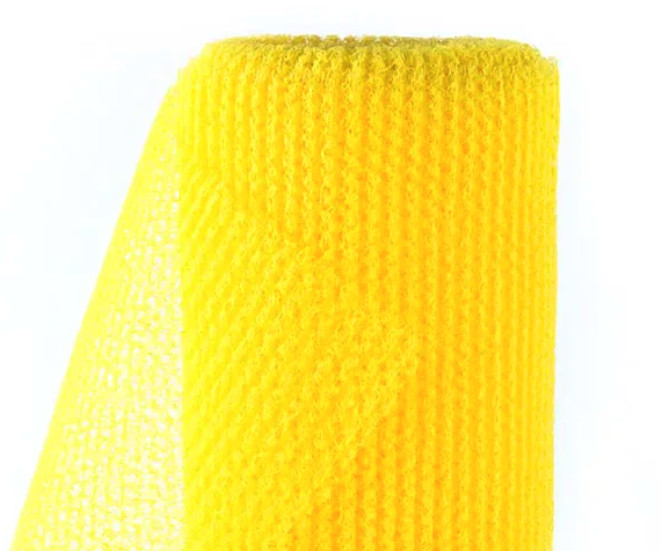November 13, 2025
Western Washington’s climate presents a unique challenge for home exteriors. Frequent rain, persistent humidity and mild temperatures create an environment where moisture intrusion into wall assemblies is a constant threat. For homeowners in places like Sammamish, this means traditional siding and cladding materials—especially wood or cedar—are at risk of warping, rot and premature failure.

Enter the solution: the rainscreen cedar breather system. By creating a ventilated gap behind the siding and enabling proper drainage and airflow, a rainscreen cedar breather extends the life of your exterior and protects your home from moisture‑related damage. In this blog, you’ll learn what the system is, why it matters in Western Washington, how to select the right product, how installation should be handled, and mistakes to avoid.
A rainscreen cedar breather system combines two key principles: a rainscreen (an air gap or drainage space behind the siding) and a breather layer (an underlayment or mat that promotes airflow and drainage). In essence, the siding is mounted over a ventilated cavity which allows moisture that penetrates or condenses behind the siding to escape, rather than being trapped against the weather‑resistive barrier or sheathing.
The term “rainscreen” refers to the drainage/vent space behind cladding whereby water that penetrates the outer layer is allowed to drain out and air is permitted to flow, accelerating drying.The “cedar breather” component, as exemplified by products like Cedar Breather, provides a three‐dimensional matrix under the siding that establishes this required space and ensures continuous airflow and drying.
In practical terms, for your home in Sammamish, it means when cedar siding is applied, you’re not just fastening wood to sheathing and hoping for the best—you’re building in a performance layer that manages moisture behind the siding.
The Western Washington climate is characterized by frequent precipitation (rain, snow, mist), elevated humidity, and moderate temperatures year‑round. These conditions heighten the risk of moisture penetration behind siding, condensation, and slow drying of exterior walls. A typical siding installation without a ventilated gap can leave trapped moisture behind the cladding, leading to rot, mold, degradation of sheathing, fasteners, and the siding itself.
In areas like Sammamish, where premium homes often utilize cedar or wood cladding for aesthetic and market value reasons, ignoring moisture management isn’t just a maintenance detail—it impacts durability and long‑term value. A named rainscreen cedar breather approach offers insurance: it’s an investment that addresses the particular weather challenge of this region.
Cedar siding or shakes are popular for their appearance, natural character and durability—but only when installed and maintained correctly. When cedar is applied directly to sheathing or house‑wrap without a ventilated gap, several risks emerge:
By using a rainscreen cedar breather system, you effectively provide a channel for ventilation and a capillary break behind the siding. Every inch of wood cladding becomes more resilient and better able to dry after rainfall or humidity fluctuations.
Here’s what a homeowner in Sammamish stands to gain by installing a rainscreen cedar breather system:
When reviewing options for your home, focus on the following product and system criteria:
From a budgeting/ROI standpoint, while there is additional upfront cost compared to a non‐rainscreen installation, the reduction in future maintenance, risk mitigation of moisture damage, and extended siding lifespan make it a smart investment.
To ensure the system performs as intended, follow these best practices:
Common Mistakes to Avoid:
For homeowners in Western Washington, the investment in a rainscreen cedar breather system is a strategic decision. With the region’s moist climate, good intentions alone are not enough; you need a system that actively manages moisture, enables drying and protects your home’s exterior assembly over decades.
By choosing the right product, insisting on proper installation, and maintaining the ventilation path, you significantly reduce risk, improve your siding’s lifespan, lower maintenance costs and bolster your home’s value. If you’re planning an exterior upgrade or installing cedar siding, contact us to day for a complimentary consultation.
Q1. What exactly is a “rainscreen” and how is it different from regular siding installation?
A: A rainscreen adds a ventilated air space behind the siding that allows drainage and drying of any moisture that penetrates the siding, whereas a regular installation often has siding mounted directly over housewrap or sheathing, with little ability for air flow or drying.
Q2. Will a rainscreen cedar breather system work with my existing cedar siding, or only new installations?
A: It depends on condition and how the siding is mounted. Often it’s best incorporated at siding replacement or major reroof/cladding jobs. Contact us for a complimentary evaluation to see what's feasble.
Q3. Do I still need to maintain my cedar siding even with a rainscreen system?
A: Yes. While the system reduces risk, you still need proper flashing, clean vent openings, regular inspections, finish re‑coats, and ensure no damage or blockage in the ventilation gap.
Q4. How do I know if I have moisture problems in my wall assembly and whether a rainscreen system would help?
A: Signs include warped or cupped siding, recurring rot or repairs behind cladding, blistering paint, mold or mildew in wall cavities, or visible staining on siding or sheathing. A professional inspection can reveal whether a rainscreen solution is warranted.